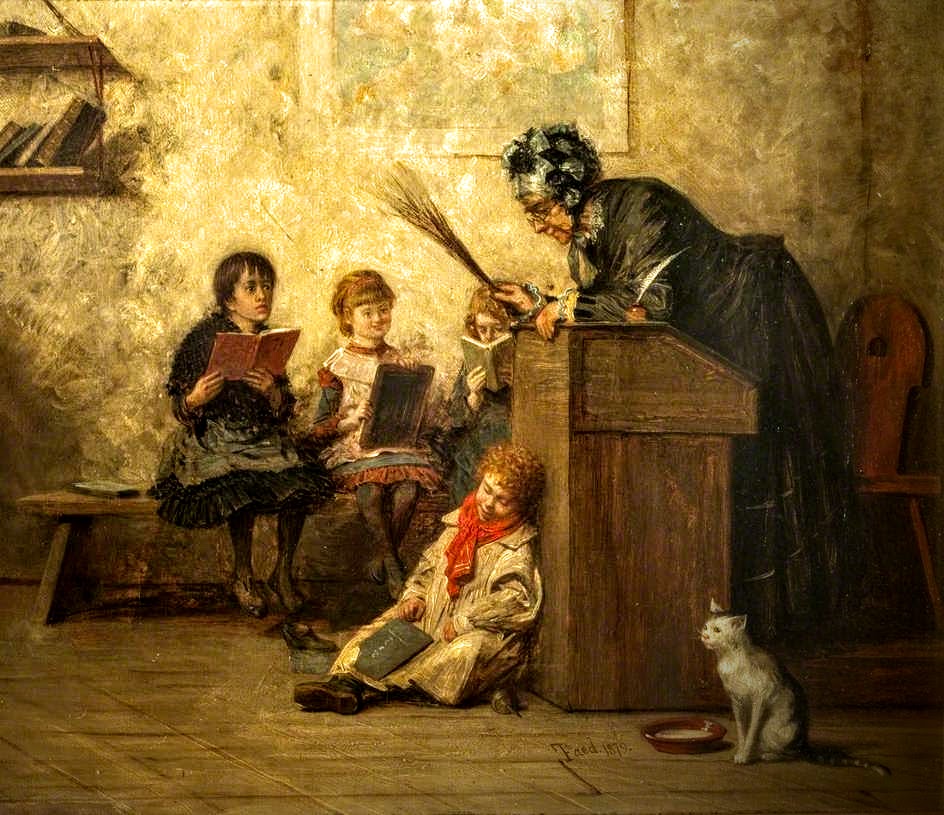
Emojis Part of Language – What if emojis were part of language learning?
Learning a language after one’s early childhood home language is often referred to as second language learning (despite the fact people may in fact be learning their third or fourth languages). In Canada, an officially bilingual country, both English and French are widely taught in superdiverse urban centers.
Increasingly, a popular avenue for adult language learners is mobile language learning via free or cheap downloaded apps. A number of apps for mobile language learning claim top-market share: Duolingo claims to teach 200 million language learners worldwide; Busuu, 90 million learners; Babbel and Memrise are also major players.
I analyzed these four apps for their approach to and treatment of language and language learning. I found that they relied problematically on past models of what language is and what language does.
None of these four top-selling apps are capitalizing on how language is changing in online communication where features such as emojis or hashtags — conventions used in texting and tweeting — are fundamentally altering how people communicate.

Rather, these apps tended to teach by testing, drilling vocabulary and simple phrases. Thus, “I read a book” is presented for memorization and contrasted with “she reads a book,” with little if any grammatical explanation.
Grammar is the backbone of a language; it’s the structure that words fit into so they make sense for users of the language. Online grammars have diverged from standard “sentence” grammars, which typified printed texts, in myriad ways.
Learn more about this topic by reading this article on Ottawa Matters.
The rise of Emojis as Part of Language
The word Emoji comes from the Japanese “e” (picture) and “moji” (character). The world’s first Emoji was created in 1999 by Shigetaka Kurita (1), who took his inspiration from weather symbols. His vision of capturing emotion through digital messaging with small emoticons has turned into a modern-day, global language.
 The increased use of Emojis through communication developers such as Apple, Android etc, have made the emoticons we see today part of an every-day conversation. The small digital image spans across different media stories, from the creation of “World Emoji Day” (held on the 17th July), the world’s first Emoji translator, the ‘crying with laughter’ emoticon being named Oxford Dictionaries Word of the Year 2015 and finally the increasing use of emojis appearing in court cases!
The increased use of Emojis through communication developers such as Apple, Android etc, have made the emoticons we see today part of an every-day conversation. The small digital image spans across different media stories, from the creation of “World Emoji Day” (held on the 17th July), the world’s first Emoji translator, the ‘crying with laughter’ emoticon being named Oxford Dictionaries Word of the Year 2015 and finally the increasing use of emojis appearing in court cases!
Why is the Emoji becoming a global language?
Well, the answer is actually very simple, it is one of the most universal languages. A smiley face in the UK is the same in Spain, France and Germany. Obviously, when it comes to different culture there will be some language barriers, but a universal language in which emotions, most items and other aspects of conversation are multi-lingual is a strong starting point for global communication.
We have established that the Emoji is used in day-to-day conversations, through texting and social media, but how can it be applied to business? The predominant way in which Emojis are used by businesses is through marketing campaigns. Domino’s Pizza took advantage of the Pizza Emoji for a Twitter campaign. In it people all around the world could tweet the company with the Emoji to order a pizza. A marketing campaign that is understood across the world, with the use of socially relevant trends highlights how the Emoji is not only dominating human conversation, but how it breaks down language barriers for brands as well.
Learn more about this topic by reading this article on Language Insight.
After reading “Emojis Part of Language” you can check important issues for ESL teachers on the section PDFs, and visit my YouTube channel.
